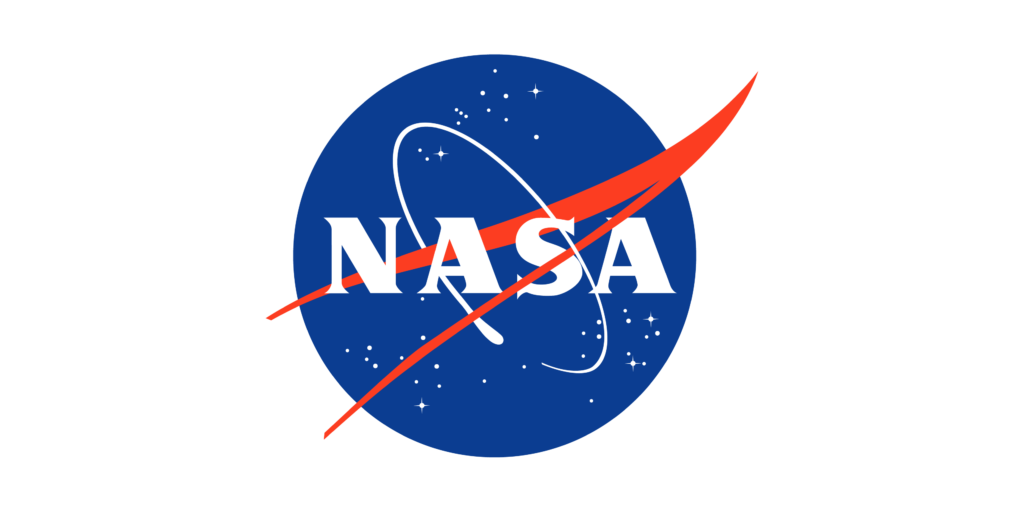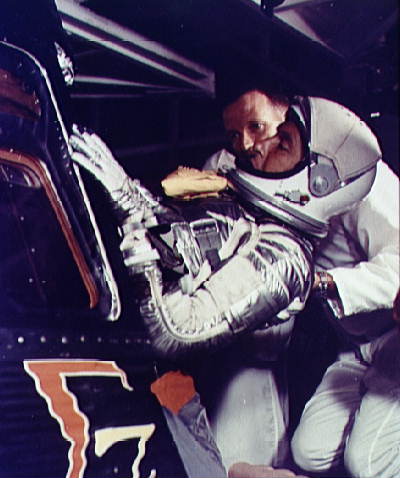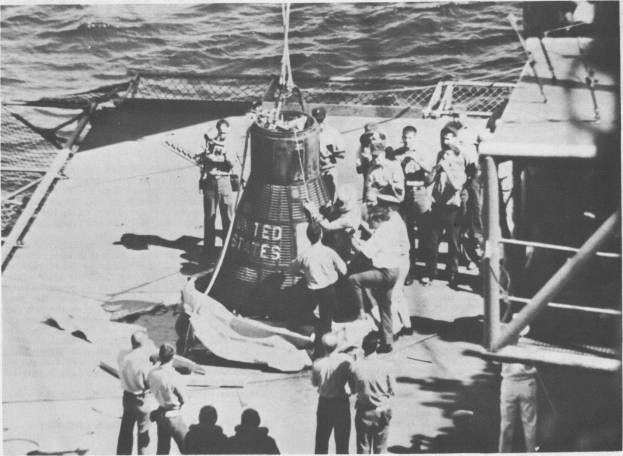By NHF Executive Director, Rear Admiral Edward “Sonny” Masso
From an early age, I was fascinated by the National Aeronautics and Space Administration (NASA) programs of Mercury, Gemini, and Apollo. I was obsessed with any and all news relating to the X-15, the breaking of the sound barrier, new altitude records, and jet propulsion in general.

I knew everything there was to know about the original astronauts from each program. I knew that the original seven astronauts featured three members each from the Air Force and Navy, and one member from the Marine Corps. I knew what order they went into space and I followed each mission closely – this was due in large part to my teachers at Lowell and Jordan Elementary schools in Whittier, California, who allowed our classes to watch each mission on a fuzzy black and white television. This was the era when someone would have to stand and hold the antenna (with aluminum foil), to ensure a clear picture. Astronauts Shepard, Carpenter, Slayton, Cooper, Grissom, Glenn, and Schirra were my heroes. I loved them just as much as my sports heroes in both baseball and football: Koufax, Mays, Clemente, Spahn, Jon Arnett, or Dick Bass.

On October 3, 1962, 57 years ago today, Naval Aviator and astronaut, Water M. “Wally” Schirra (Naval Academy Class of 46) flew a six-orbit, nine-hour long, Mercury-Atlas 8 mission in a spacecraft he nicknamed Sigma 7. His accomplishments in this flight mission set the record for endurance, boldness, and success at the time. Schirra, piloting the craft by himself, landed in the Pacific Ocean a half mile from his recovery vessel, the USS Kearsarge (CVS 33). This mission success would inform the later Gemini and Apollo programs, which LCDR Schirra would also participate in. By the end of his service with these various NASA space programs, Schirra had logged a cumulative total of 295 hours and 15 minutes in space.
I stand in awe of these early pioneers, especially when I reflect on my Pickett-brand slide rule (complete with leather carrying case), and the knowledge that these slide rules were a core piece of technology of the NASA space programs of the era. Another example of the limitations placed upon the early NASA pioneers was that there were only 61 known elements in the periodic table when Wally Schirra attended the U.S. Naval Academy – today we know of 118 elements. What these engineers and pioneer pilots accomplished was nothing short of brilliant.

Learn more about Captain Wally Schirra from the links below:
www.usna.edu/Notables/astronauts/1946schirra.php
www.navytimes.com/news/your-navy/2019/04/08/remembering-wally/
The U.S. Navy and NASA
From the Naval History and Heritage Command
Even before NASA was established in 1958, the U.S. Navy had been involved in atmospheric and high-altitude research through the Naval Research Laboratory and Office of Naval Research. U.S. Navy contributions to space exploration continued with NASA’s manned space flight programs, starting in the early 1960s. Navy personnel served as astronauts in space missions, and Navy ships supported recovery of astronauts at sea until the development of the space shuttle. The first American in space, Alan Shepard, was a Navy officer. A Marine helicopter, HUS1 helicopter of HMR(L)-262, and the antisubmarine warfare support aircraft carrier USS Lake Champlain (CVS-39) were involved in recovery of Shepard and his space capsule in 1961. Neil Armstrong, the first man to set foot on the moon, was a naval aviator who served in the Korean War. From pilots to Underwater Demolition Team (UDT) Frogmen to researchers and engineers, Navy personnel have been involved in many facets of the space program.
Read more about the connection between the U.S. Navy and NASA at the link below:
www.history.navy.mil/browse-by-topic/exploration-and-innovation/navy-and-space-exploration.html
Next week on Thursday Tidings, we will be looking at the life and legacy of Ensign Jessie L. Brown, Naval aviator and recipient of the Distinguished Flying Cross.

